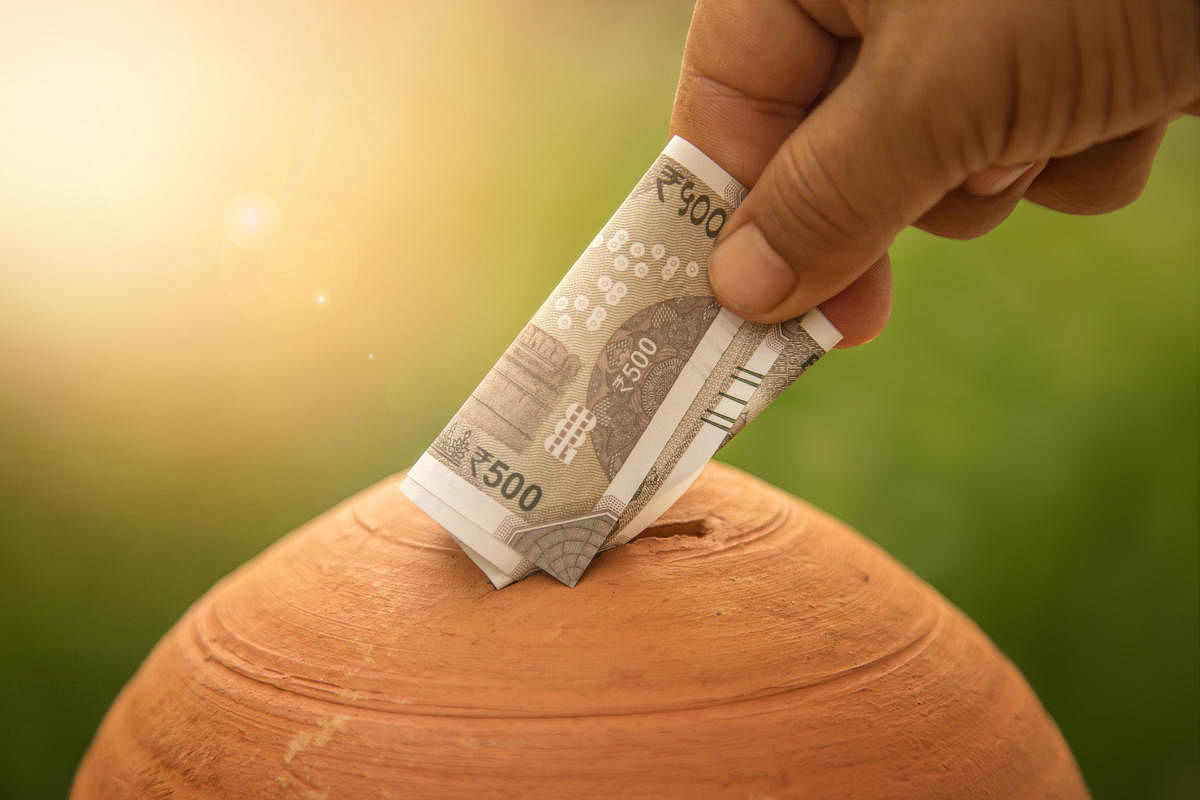
The first and the second wave of the pandemic saw fervent donations in India. People came forward to cover Covid costs, to fund oxygen concentrators, and to feed hungry migrants, abandoned elderly, jobless artists and street dogs, etc.
But that donor enthusiasm may have slacked now.
Deepak Maharaj’s Being Sindhi Charitable Trust has been raising funds to feed the poor since 2020. It also sponsored a vaccination drive last month. “The number of donations and the amount per donation have come down lately. It could be because many businesses have been impacted and people don’t have enough to share. And so, we are circulating our fundraiser campaign more times,” says the Bengaluru resident.
Mohammad Ibrar can attest to this slowdown. On May 30 this year, he started an online fundraiser to pay for his master’s program in London and collected Rs 29 lakh (of the target Rs 30 lakh) in 50 days. “Seeing my success, at least seven students approached me and said their crowdfunding campaigns were stuck. This could be because of the donor fatigue post the second wave,” says Ibrar, a former journalist from Delhi.
Entrepreneur Shivani Vijay from Bengaluru had a similar experience. At the peak of the second wave, she and her friends raised Rs 1 lakh. The money was used to send a box of mangoes to the government hospital staff’. “After the second wave, one of my relatives started a campaign to collect Rs 25 lakh for his liver surgery. He didn’t collect even 10% of the amount,” she says.
The slowdown could perhaps be because everybody has been supporting a relative, domestic worker, or an NGO through the pandemic and they are now at capacity, people say.
But mostly, the donor response depends on the cause you pitch.
Punita Maheshwari of campaigning startup Jhatkaa.org illustrates, “Our campaigns to buy masks for ASHA workers did well. However, the response to our long-term campaign to hold sensitisation workshops on sexual harassment has been slow.”
Representatives of leading crowdfunding platforms agree that the donation response boils down to the cause and the urgency around it. There hasn’t been a dip in “generosity” otherwise.
Metrolife gets you tips to beat the donation deadlock.
Tell a powerful story
“Fundraising is effectively about storytelling. So communicate your cause with a moving video of not more than two minutes, also make graphic posters,” says Piyush Jain, co-founder and CEO of ImpactGuru.com.
“Every fundraiser should convey how you will utilise the funds. For example, tell people that if they donate Rs 100, X will happen or Y people will benefit,” says Anoj Viswanathan, co-founder of Milaap.
Show the proof
Attach hospital bills, college applications, rental agreement, letters from authorities or whatever is relevant for your cause. In case you don’t have proof, these crowdfunding platforms will tell you the alternatives you can resort to.
Mobilise volunteers
Identify a few people from your circle or volunteering groups who can spread the word and do follow-ups persistently. Doing it alone will get overwhelming.
Go all out on social media
Posting your campaign on Facebook, Twitter, Instagram and WhatsApp is a given. But try holding live fundraisers on Clubhouse, Twitch, and Twitter Spaces too. “You can also use video content platforms like MX Player, Filter Copy, and TVF to reach younger audience,” suggests Varun Sheth, CEO of Ketto.
“I used to post my campaign once in three days and on weekends. A few of my connections did that every two days on my behalf,” says Ibrar.
Don’t feel shy or guilty for oversharing your campaign.
Share it forward
“We didn’t expect every connection we sent our fundraiser to, to donate. We said if you aren’t able to contribute this time, please share the message forward,” Shivani recalls her experience.
Get creative offline
Supplement your online campaign with initiatives on the ground.
Piyush gives an example, “A family in Gujarat mobilised over 50 volunteers to stand on highways. They wore T-shirts and carried pamphlets that had the QR code of the donation link. Eventually, 99.4% of the total Rs 16 crore came from Gujarat and a lion share of that was because of the offline activities.” The campaign was in aid of their son, who needed a life-saving drug.
You can host music concerts, comedy gigs and unique workshops for fundraising on the side.
Use the influence
Write to social media influencers, celebs and people with a huge following online and offline to give a shout-out to your campaign. If your cause is genuine, a majority do it for free. “Get the local media to cover your cause,” suggests Varun.
Update and thank
Urgency is a key psychological trigger that drives people to donate, says Anoj. So, send a reminder to people who have promised to donate or spread the word but have forgotten.
“I updated my followers and donors when my campaign hit Rs 5 lakh, Rs 10 lakh and so on, and thanked them,” says Ibrar.
Send a ‘Thank you’ note or video to your donors once the campaign is successful because that will pave the way forward for philanthropy.
Fundraisers that do well
1. For healthcare, concerning the procurement of life-saving drugs or treatment for liver ailments for kids. In adults, it concerns organ transplantation, cancer care and accidents.
2. Memorial fundraisers in aid of families that have lost a breadwinner.
3. To feed the poor.
4. To support old-age homes.
5. To sponsor students who want to study abroad.
Fundraisers that don’t elicit much response
1. Related to environmental causes.
2. For sportspersons who want to compete abroad.